Entertainment
A Tolkien trail: Where to find the real-life Middle-earth

Daniel Stables
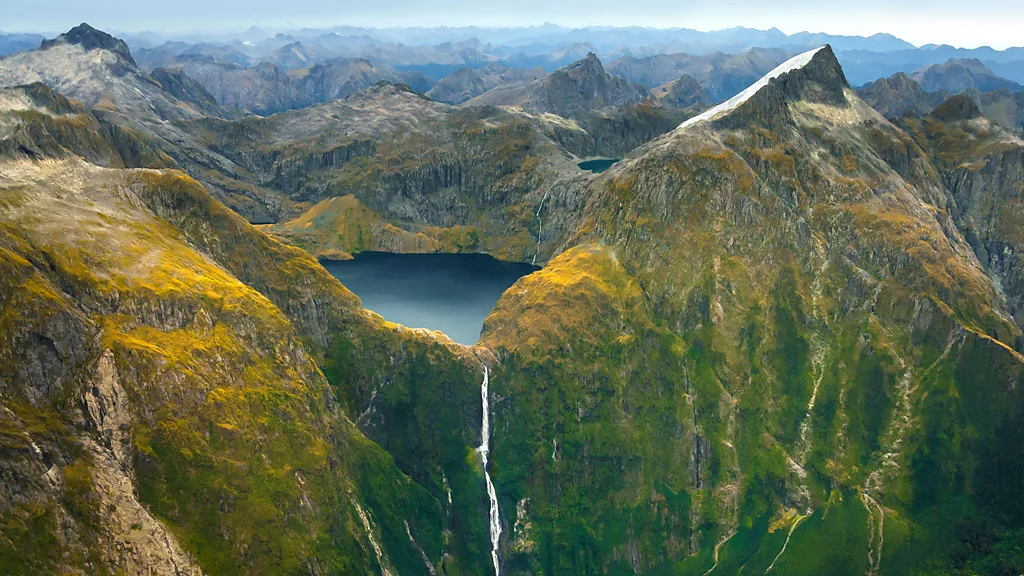
While Tolkien’s stories take place in the fictional realm of Middle-earth, the awe-inspiring landscapes of the books, films and TV shows are closer than you might imagine.
The first book in J R R Tolkien’s The Lord of the Rings trilogy, The Fellowship of the Ring, was released 70 years ago, in the summer of 1954. However, that’s not the only recent milestone for Tolkien’s legendarium: the second season of the epic TV series, The Rings of Power, was released on 29 August 2024.
As befits the ultimate epic fantasy series, the settings are gorgeous, ranging from bucolic, rolling countryside to plunging valleys and desolate deserts. And while Tolkien’s stories take place in the fictional realm of Middle-earth, the awe-inspiring landscapes of the books, films and TV shows are not as otherworldly as you might imagine. Many of them are based on real-world locations and visiting them brings to life both the landscapes themselves and the imaginary worlds they inspired Tolkien to create.
The Tolkien Trail: Lancashire, England
While writing The Lord of the Rings in the 1940s, Tolkien lived for a while at Stonyhurst College, a prestigious boarding school in Lancashire where his son was a teacher. The elder Tolkien was known to walk often through the woodlands and rolling hills of the surrounding Ribble Valley, and is thought to have taken inspiration from the place while creating the Shire, the rural homeland of the hobbits.
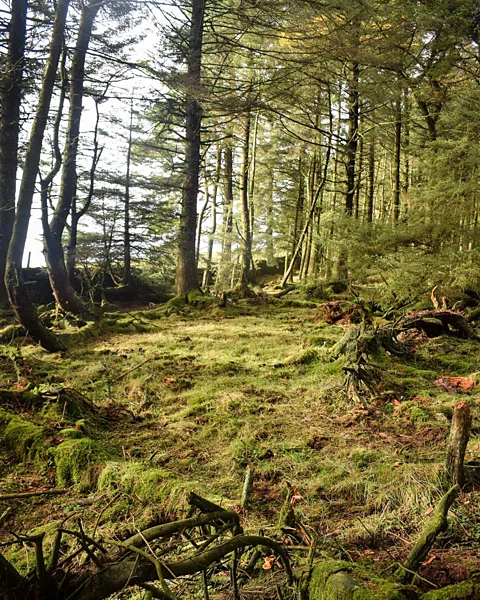
Today, fans can explore the area on the Tolkien Trail, which opened in 2002 and takes hikers through the very landscapes that inspired the author. The route starts in the village of Hurst Green at the atmospheric 17th-Century Shireburn Arms pub, where Tolkien was a regular. It then winds for around seven easy miles through undulating farmland, past the grand buildings of Stonyhurst College, and across historic landmarks like Cromwell’s Bridge, an overgrown packhorse bridge once used by Oliver Cromwell in the English Civil War.
Although Tolkien didn’t directly document the influence of places along the trail, there are several sources of likely inspiration. The route passes the stately home Hacking Hall where, during Tolkien’s time, there was a wooden ferry barge, the Hacking Ferry, that carried people across the River Ribble. In The Fellowship of the Ring, the Bucklebury Ferry (also outside a stately home, Brandy Hall) carries the hobbits across the Brandywine River in similar fashion while they are fleeing a fearsome spectral horseman.
The local landowning family near Stonyhurst, meanwhile, were called the Shireburns – and the similarly named River Shirebourne appears in Tolkien’s geography of Middle-earth. Tolkien’s maps, meanwhile, depict the convergence of three rivers – the Shirebourne, Withywindle and Brandywine – in a way that exactly mirrors the meeting of the Hodder, Ribble and Calder rivers here in Lancashire. In addition, St Mary’s Church in the nearby village of Newchurch-in-Pendle bears an unusual feature: an eye-shaped carving halfway up the tower, known as the Eye of God, which resembles the all-seeing Eye of Sauron from the Lord of the Rings books and movies.
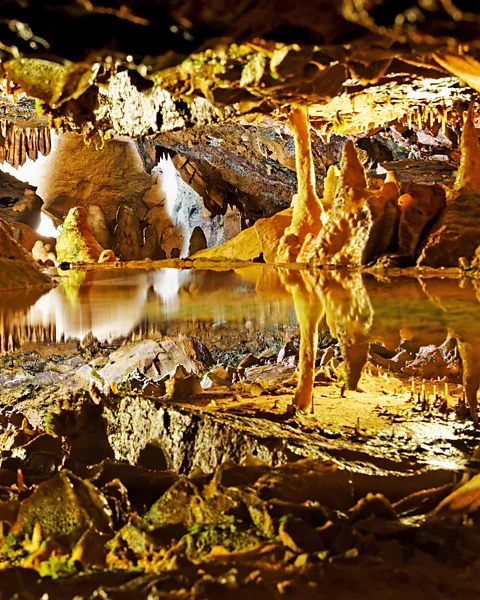
Cheddar Gorge: Somerset, England
Most of the real-life places associated with Tolkien’s imaginings of Middle-earth are based on educated guesswork, but there is one place that the writer himself confirmed as a real-life inspiration for The Lord of the Rings.Tolkien and his wife Edith married in 1916, and honeymooned in the Somerset village of Clevedon. While they were there, they paid a visit to one of the most jaw-dropping landscapes in Britain: Cheddar Gorge, a sheer limestone valley, pockmarked with caves whose walls are bejewelled with intricate rock formations, stalagmites and stalactites.
The honeymooning author – always married, at least in part, to his work – was taking notes, and in 1971 he confirmed in a private letter (published in 1981 as part of The Letters of J.R.R. Tolkien) that the caves of Cheddar Gorge inspired the Glittering Caves of Helm’s Deep in The Lord of the Rings.
Visit Gough Cave, the most famous of the caves at Cheddar, and you’ll likely recognise elements of Tolkien’s description of the Glittering Caves: “columns of white and saffron and dawn-rose … fluted and twisted into dreamlike forms”.
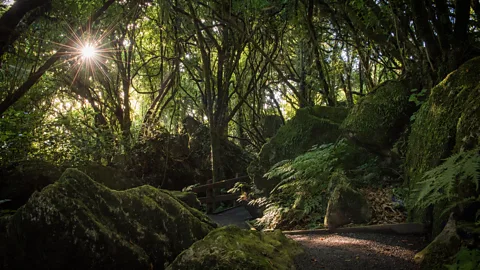
Business
Detailed Report: Whereismytree.com

Overview






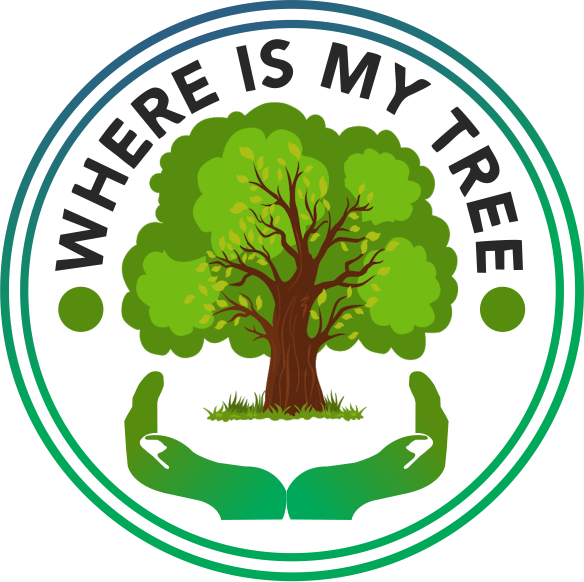
Whereismytree.com is an innovative platform designed to connect individuals, organizations, and communities with sustainable agricultural practices. The platform emphasizes environmental consciousness by enabling users to locate, plant, and monitor trees while also creating opportunities for sustainable agritech innovations.
Founder and Vision
Whereismytree.com was founded by Maanohar Kumar, a visionary entrepreneur with a background in civil engineering and experience in multiple startup ventures. His aim was to create a platform that promotes ecological balance, supports afforestation efforts, and leverages technology to foster environmental sustainability.
The mission of Whereismytree.com is to create a greener planet by providing a bridge between people who wish to contribute to the environment and the resources needed to make that happen.
Features and Offerings
- Tree Mapping and Monitoring
- Users can locate trees using GPS and input details such as species, age, and health.
- A unique feature allows users to adopt and monitor trees remotely.
- Community Engagement
- The platform encourages schools, NGOs, and corporate social responsibility (CSR) programs to participate in tree plantation drives.
- It provides tools to track the impact of their efforts.
- E-commerce Integration
- An online marketplace enables users to purchase saplings, eco-friendly gardening tools, and organic fertilizers.
- Knowledge Hub
- Offers educational content on sustainable agriculture, the benefits of afforestation, and ways to combat climate change.
- Features expert articles, case studies, and tutorials on tree care.
- Corporate Partnerships
- Businesses can use the platform to fulfill their CSR goals by funding tree plantation programs.
- Detailed reports and certificates are provided to demonstrate their environmental contributions.
Technology and Innovation
Whereismytree.com utilizes advanced technology to achieve its goals:
- GIS and Satellite Imaging: For mapping and monitoring tree coverage.
- AI and Data Analytics: To assess the health of trees and predict growth patterns.
- Blockchain Technology: To maintain transparent records of plantation activities and carbon offsetting metrics.
Impact and Achievements
Since its inception, Whereismytree.com has achieved several milestones:

- Trees Planted: Over 100,000 trees have been planted and monitored through the platform.
- Community Participation: Engaged with over 200 schools and 50 NGOs across India.
- Corporate Collaborations: Partnered with leading companies for CSR-driven plantation programs.
Challenges Faced
- Awareness and Adoption: Educating people about the importance of afforestation and encouraging them to participate.
- Technological Integration: Ensuring seamless user experience while implementing advanced features.
- Sustainability: Balancing financial sustainability with the platform’s environmental goals.
Future Plans
- Global Expansion: Expand the platform to international markets with high deforestation rates.
- Advanced Features: Introduce AR/VR tools for virtual tree monitoring and gamified plantation drives.
- Carbon Credits Marketplace: Enable users and corporations to trade carbon credits generated by afforestation efforts.
- Mobile App Launch: Develop a dedicated mobile application for improved accessibility and engagement.
Conclusion
Whereismytree.com is more than a platform—it is a movement aimed at creating a sustainable future. With its innovative approach to environmental conservation, the platform has the potential to inspire individuals and organizations to take meaningful action against deforestation and climate change.
Contact Information
Website: whereismytree.com
Social Media: Follow @WhereIsMyTree on Instagram, Facebook, and Twitter for updates and news.
Whereismytree.com stands as a beacon of hope for a greener planet, proving that technology and nature can coexist to build a sustainable future for generations to come.
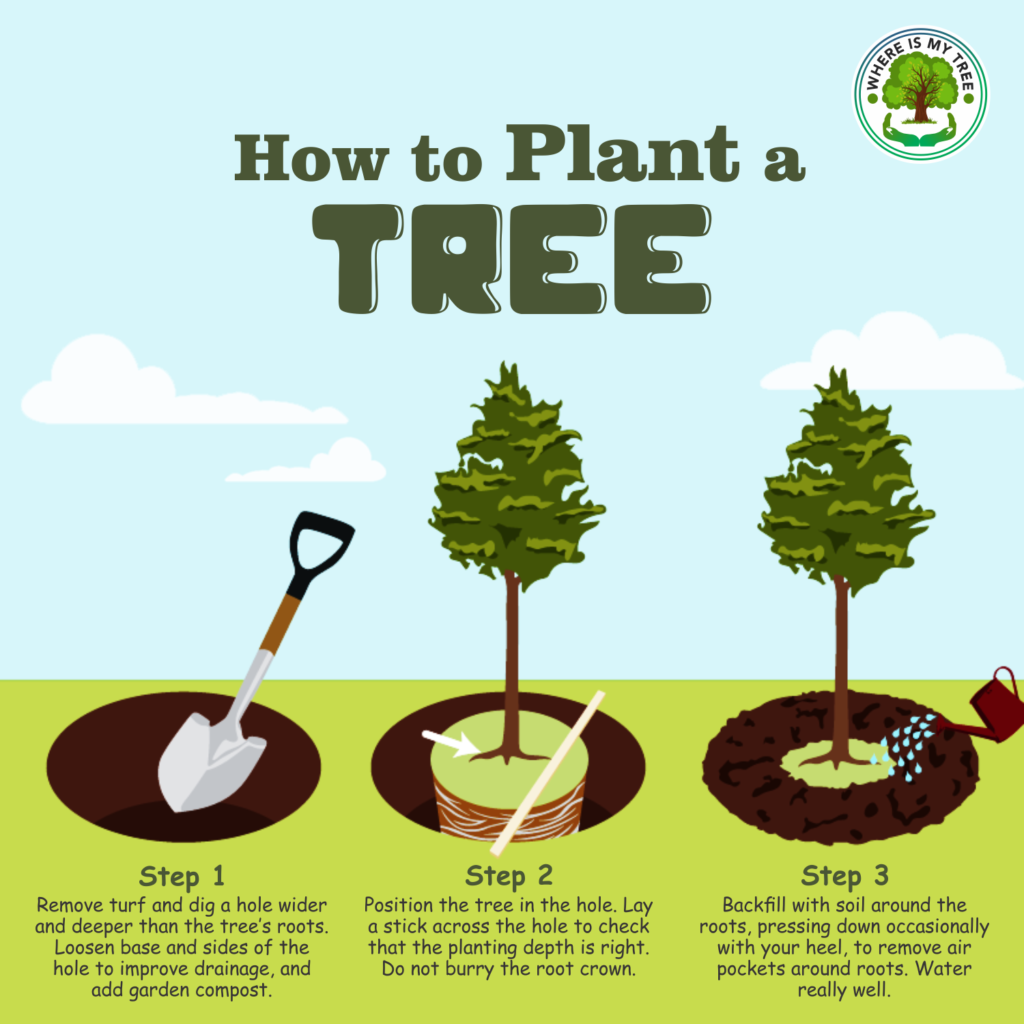


-

 Fashion8 months ago
Fashion8 months agoWhereismytree Celebrates a Green Birthday with Tree Planting and Joyful Festivities
-

 Inspiration1 year ago
Inspiration1 year agoThe Inspiring Success Story of Manohar Kumar: From a Small Town in Bihar to Meeting Elon Musk
-

 Finance8 months ago
Finance8 months agoHow to Become Financially Independent in Your Early 20s
-

 Finance1 year ago
Finance1 year agoThe Rise of Intelligence7: Revolutionizing Stocks Trading with a Robotic Bot
-

 Business8 months ago
Business8 months agoLadki Bahin Yojana: Transfer of Rs 1,500 resumes after model code of conduct suspension in Maharashtra
-

 Inspiration8 months ago
Inspiration8 months agoStudy says home working boosts exercise habits
-

 Business8 months ago
Business8 months agoDetailed Report: Whereismytree.com
-

 Blog8 months ago
Blog8 months agoFormula 1 2024: Teams & drivers All you need to know about the teams and drivers in 2024.


